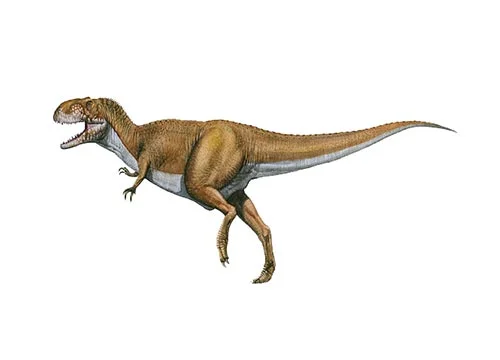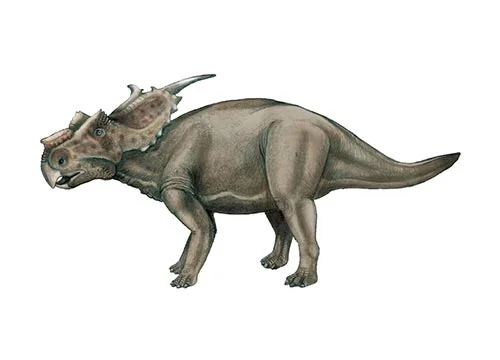Aardonyx ( Earth Claw )

Aardonyx, also known as “Earth Claw,” was named by paleontologist Celeste Yates in 2009. This herbivorous dinosaur lived during the Early Jurassic period, approximately 199-189 million years ago. Aardonyx was a sauropod, estimated to measure between 6 to 8 meters in length. Aardonyx’s fossil remains were found in South Africa, shedding light on the ancient ecosystems of this region and it is offering valuable insights into the prehistoric world and the evolution of sauropods.
Early Jurassic, 199-189 million years ago
Aardonyx Facts
Dinosaurs have long held a special place in our collective imagination. From the towering Tyrannosaurus rex to the graceful Brachiosaurus, these ancient creatures continue to capture our fascination. However, not all dinosaurs fit neatly into the categories we’ve come to expect. One such dinosaur that challenges our preconceptions and has captured the attention of paleontologists worldwide is Aardonyx.
In this blog post, we’ll delve into the world of Aardonyx, a dinosaur that has rewritten the history of sauropodomorphs and offers a glimpse into the evolutionary mysteries of the past. Prepare to be amazed as we explore the fascinating story of this enigmatic dinosaur.
Aardonyx (Afrikaans Aard “earth” + Greek onux, “nail, claw”) is a genus of basal sauropodomorph dinosaurs found in the Early Jurassic Elliot Formation of South Africa. It is characterized by arm features that are in between prosauropods and sauropods, and usually moved bipedally, but could change to quadrupedal movements like Iguanodon.
What makes Aardonyx particularly intriguing is its size and anatomy. Unlike the sauropods that would dominate the later Jurassic and Cretaceous periods, Aardonyx was a medium-sized dinosaur, reaching lengths of about 23 feet (7 meters) and weighing around 2 tons. This relatively modest size raises questions about how it fits into the dinosaur family tree.
Aardonyx had a unique combination of traits. Its long neck and tail were reminiscent of sauropods, but its limbs were more robust, and it had a shorter body. This suggests that it was a bipedal dinosaur that occasionally walked on all fours, a transitional form between the smaller bipedal sauropodomorphs and the massive quadrupedal sauropods.
To further complicate matters, Aardonyx’s teeth were not the leaf-slicing teeth seen in later sauropods but rather more adapted for a mixed diet. This implies that Aardonyx was likely an opportunistic feeder, munching on a variety of plants including ferns and early conifers. This unique diet may have been a crucial step in the evolution of sauropods, paving the way for the development of specialized herbivorous diets seen in later dinosaurs.
The discovery of Aardonyx challenges our understanding of dinosaur evolution. It appears to be a transitional form between bipedal and quadrupedal dinosaurs, shedding light on the crucial adaptations that allowed sauropods to become the giants they were. It also highlights the mosaic nature of evolution, where creatures with a mix of old and new traits can thrive during times of ecological change.
Aardonyx’s significance extends beyond its anatomy. Its discovery in South Africa adds a vital piece to the global puzzle of dinosaur distribution during the Early Jurassic period. It’s a testament to the rich fossil record in this region, which continues to provide valuable insights into the history of life on Earth.
Aardonyx is a prime example of how the world of paleontology is continually evolving as new discoveries challenge our existing knowledge. This enigmatic dinosaur forces us to rethink the traditional boundaries we’ve placed on dinosaur classification, revealing the complex web of evolutionary relationships that shaped these ancient creatures.
As researchers continue to study Aardonyx and uncover more fossils from this time period, we can expect even more surprises and revelations about Earth’s ancient past. The story of Aardonyx reminds us that the world of dinosaurs is far more complex and intriguing than we ever imagined—a testament to the enduring allure of these prehistoric giants. So, the next time you gaze upon the skeletons of the more famous dinosaurs, remember the lesser-known Aardonyx and the mysteries it helps us unravel about the fascinating world of dinosaurs.



